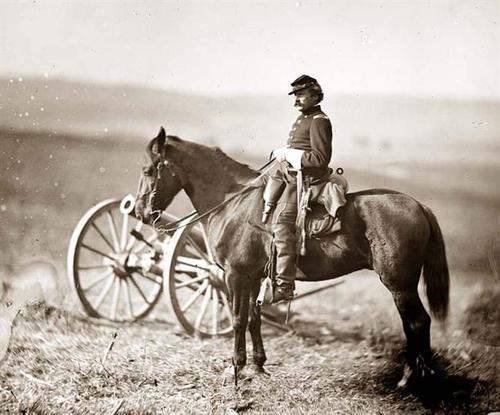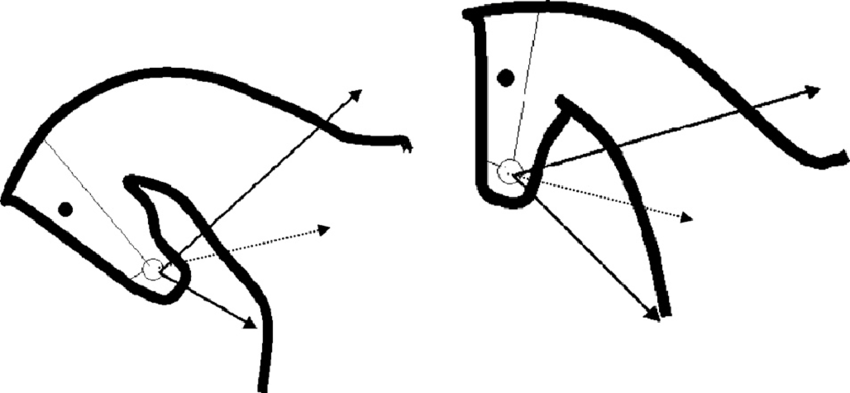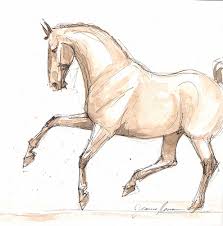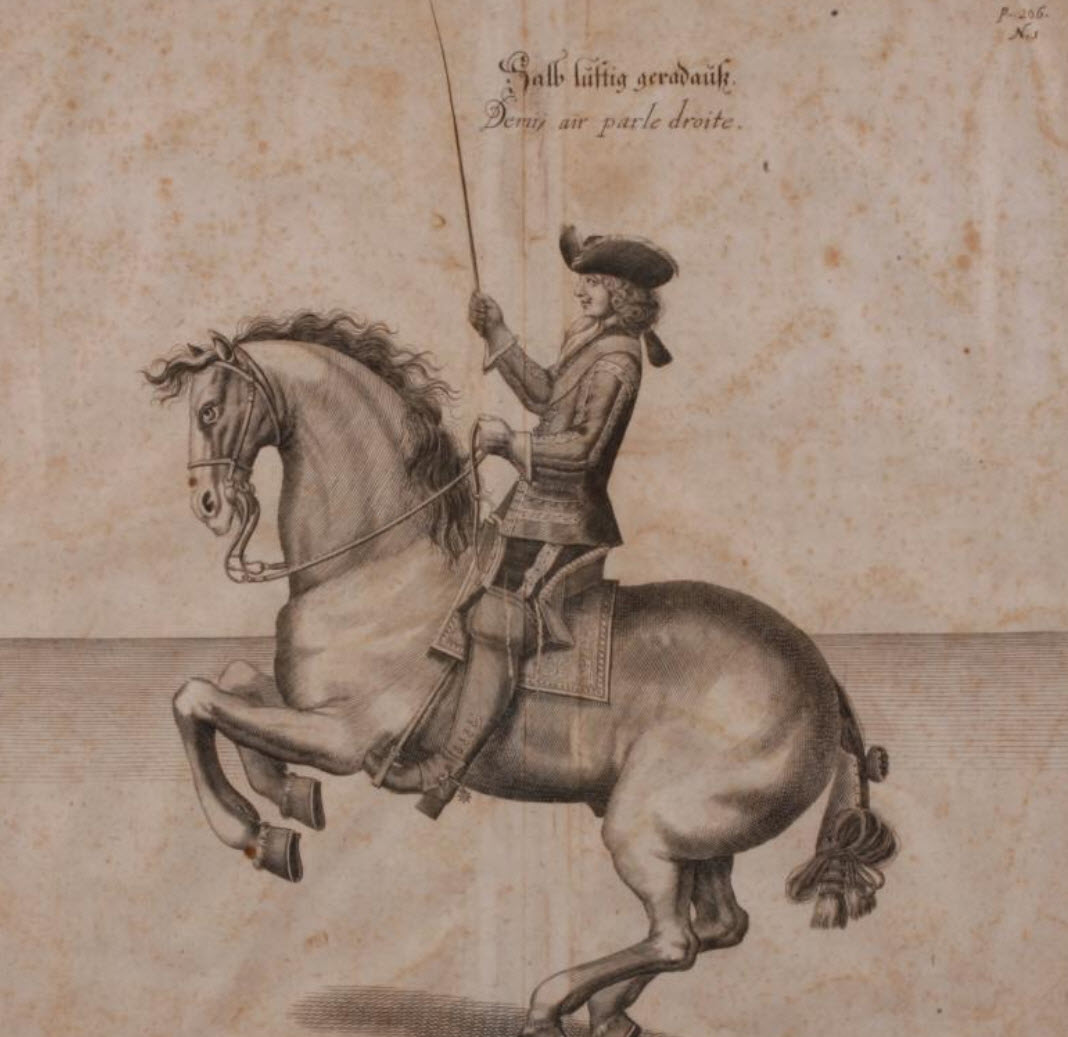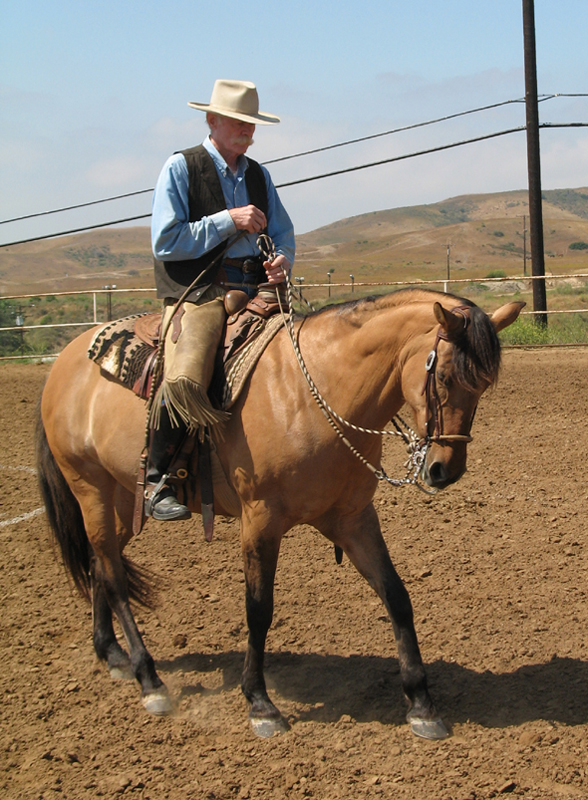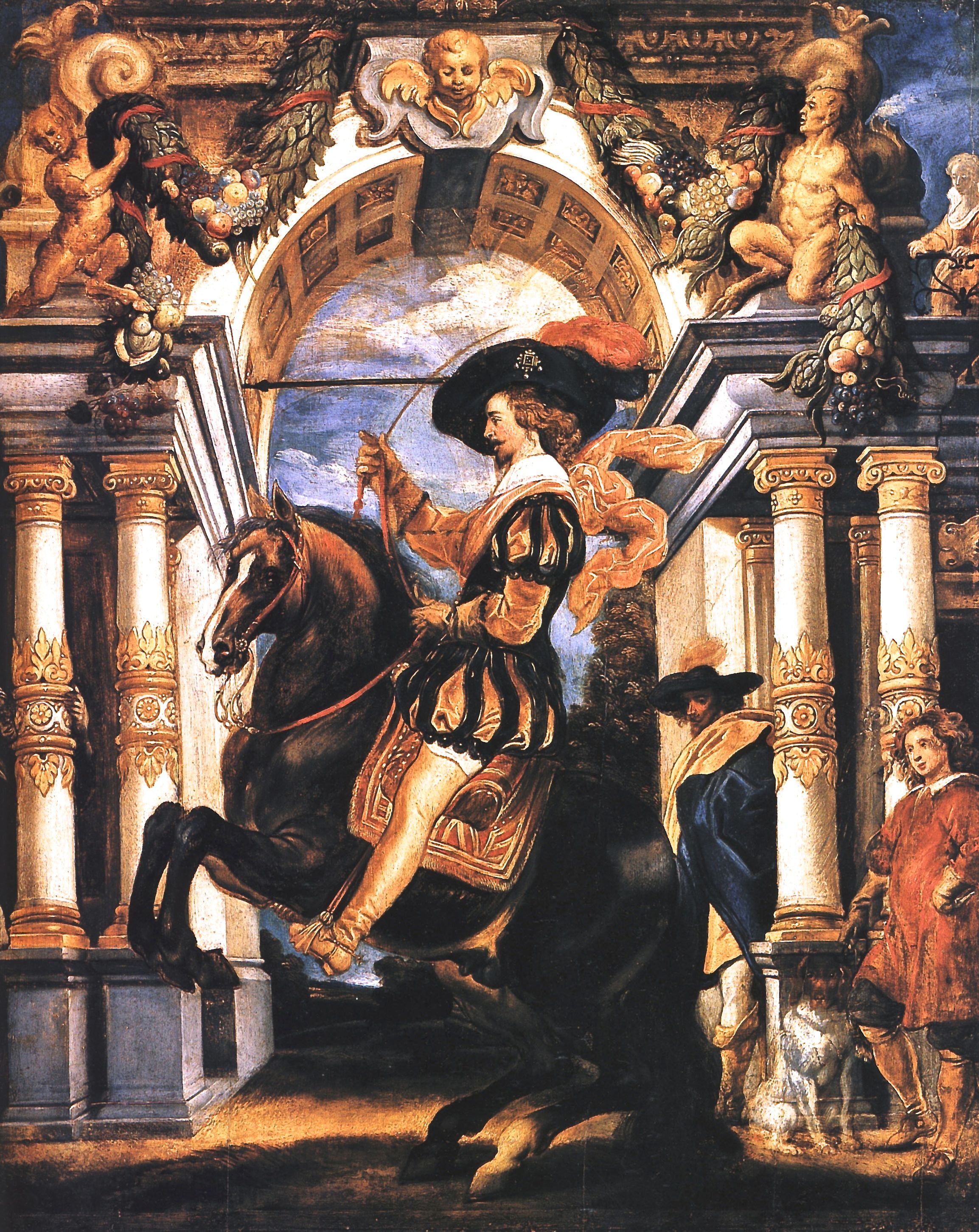THE MILITARY SEAT – THE CAVALRY SCHOOL 1934
SEAT is that quality which permits the rider to remain master of his equilibrium, whatever may be the actions of his horse. The seat of military purposes must be secure in itself, that is independent of other means of security, and must provide ease and comfort for both rider and horse...

